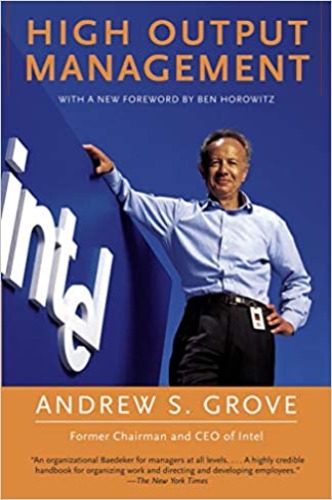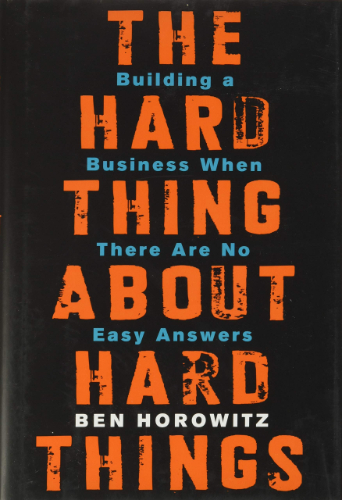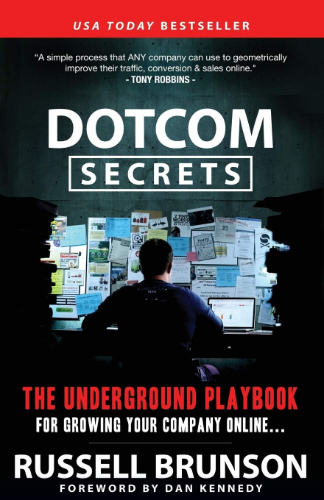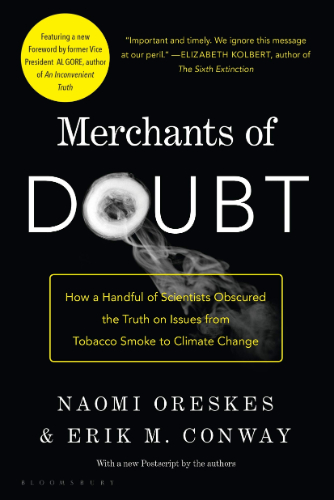The Big Picture by Sean Carrol: Summary and Notes

One sentence summary: The Big Picture is a fantastic book on the most important questions about our universe and our place in it.
One Paragraph summary: In The Big Picture: On the Origins of Life, Meaning, and the Universe Itself, Sean Carrol distills centuries-old questions and answers on the nature of the universe and the meaning of life. The book doesn’t provide all the answers, but if you are looking to cool your mind on some of the most fundamental questions about the emergent property we call life, it is a good place to start.
Favorite quote from the author:
The Big Picture by Sean Carrol is another recommendation from Elon Musk. Carrol is a research professor at Caltech who styles himself as a man after answers to the most fundamental questions in quantum mechanics, philosophy, and cosmology. His book beautifully combines research in these areas to present an outstandingly rich text on our search for meaning in an indifferent universe. After reading it, I understand why so many people love the book. Carrol’s writing is easy to follow. Even if you are not a physicist or a statistician, you will come out knowing an incredible amount about our world.
Main Takeaways from The Big Picture by Sean Carrol
-
There is no single way to understand the world
-
Looking for causes and reasons is a deeply ingrained human impulse
-
There is no intrinsic difference between the past and the future
-
Bayesian inference can improve our way of thinking
-
The world was created five minutes ago!
-
What is life?
Lesson 1: There is no single way to understand the world
One of the points that comes out very clearly from The Big Picture is that there is no single way to understand the world. While our ontologies are getting simpler and unified, human beings can’t be merely regarded as atoms simply because they are composed of the stuff. And most things are like that. For instance, life in the universe is emergent; it is composed of many different things that are systems on their own. A cell functions differently from the body, just as molecules are different from atoms. Understanding what a human is, in this case, would require understanding all the different things that comprise the individual, which is possible from a naturalist point of view but entirely unnecessary when it comes to answering the big questions of why we are here and what’s the purpose of life.
The ancients thought that fundamentally, everything is different. For instance, the Greeks believed that everything was composed of fire, water, earth, or air. But as our knowledge has progressed, we now know that things might appear different, but they are all made of the same things — atoms.
Lesson 2: Looking for causes and reasons is a deeply ingrained human impulse
Humans are pattern-recognizing creatures. The reason we are this way is because finding reasons has an evolutionary advantage. We are also equipped with brains that are capable of understanding cause and effect, and while this is advantageous, it can sometimes lead to bad outcomes. We make attributions even when there are none. For instance, Psychologists have shown that we are likely to blame others for their misfortune even when they are clearly the victims.
Our inclination towards finding validation is so strong that we sometimes fail to recognize that not everything happens for a reason. Some things do happen for a reason but at times, there are facts beyond explanation. For example, the laws of physics are not reducible; we just have to accept them the way they are. Carroll further argues that the reason why things happen the way they do isn’t fundamental; it is emergent.
“We look at the world around us and describe it in terms of causes and effects, reasons why, purposes and goals. None of those concepts exists as part of the fundamental furniture of reality at its deepest. They emerge as we zoom out from the microscopic level to the level of the everyday.”
Lesson 3: There is no intrinsic difference between the past and the future
Just like there is no real difference between up and down, there is no intrinsic difference between the past and the future. We tend to think there is a difference between up and down because the earth pulls us in one direction. Similarly, we think the future and the past are different because a massive event called the big bang happened about 13 billion years ago. In other words, the earth and the big bang give us the false impressions of time and space that we are stuck with today. But the reality is, there is nothing in the laws of physics to imply that the events can evolve in one direction and not another.
Does that mean that we can unscramble eggs? Intuitively, it seems impossible to unscramble eggs, but within the framework of the natural laws that govern us, the unscrambling of eggs is only improbable, not impossible. Entropy only increases because there are higher entropy states than low ones. If you start with a low entropy state, it can evolve in any direction, but it is extraordinarily likely to increase.
Thus, our arrow of time moves forward because the universe started at an incredibly low entropy state. No one knows why and perhaps it is one of the things we need to accept as given in our conception of the world.
Lesson 4: Bayesian inference can improve our way of thinking
The Bayesian theorem describes the likelihood of an event based on known prior conditions. It also allows for updating the probability as new information trickles in. For example, as you age, the risk for certain illnesses increases. This allows for age to be used as a prior condition when calculating the probabilities instead of simply assuming that the individual is representative of a population. This makes Bayes theorem an excellent tool for improving on our knowledge because we can constantly update our belief — knowledge base — the more we know about the nature of something.
Carrol says that Bayes teaches the following three things about our prepositions:
-
We should never assign perfect certainty to any belief
-
We should be prepared to update our credence based on new evidence
-
How evidence alters the credence that we assign

Lesson 5: The world was created five minutes ago!
There is no way of knowing anything for certain, and as far as we can tell, the universe could have been created five minutes ago. While you might say this is not possible because you can remember things, consider that your memories might also have been made alongside everything else five minutes ago.
Also, the universe could be a simulation like the one seen in the Matrix or part of a dream by a mighty being — In Hinduism, the universe is a dream by Brahma. The point is, there is no single reference of truth that stands out above everything else. Some things will always be open to speculation, but we can rely on the laws of physics to establish some semblance of sanity on what to expect from the universe.
Carrol says that radical skepticism of the kind discussed above has little practical value and is no way to go through life. But if we can take the world at face value and accept that there are rules, it is possible to get things done.
Lesson 6: What is life?
It is an accident that we are here at all. Somehow and quite unexpectedly, the fact that entropy increases in the universe led to the emergence of life. We cannot with certainty establish why things generally tend towards chaos, but we are at least here for the journey.
We know that humans and life, in general, is an emergent property of atoms interacting with each other but while this is true, we cannot use the physical laws that govern elementary particles to describe the characteristics of life. Neither can we apply other physical laws to answer the questions of meaning and purpose.
In the grand design of the universe, it would seem that humans and life are just chance events with no special place. At the cellular level, life is just a collection of cells taking advantage of energy available in chemical bonds. By some luck, these cells can organize themselves into larger collections that comprise organs and beings. So what is life? There is no definite answer, and perhaps there can never be a satisfactory one.
Wrap Up
The Bigger Picture by Sean Carrol is a book that will give you perspective on the most pressing questions about our universe and our place in it. Carrol has a way of letting the reader know that the most important thing is that we are here, and while we may have unanswered questions, that should not stop us from enjoying our stay.
Who Would I recommend the Book To?
This is an excellent book if you have any questions about the universe. Sean Carrol has most of the essential theories, questions, and answers laid out for you.
GET THE BOOK ON AMAZONRate this book!
This book has an average rating of 5 based on 2 votes.








































